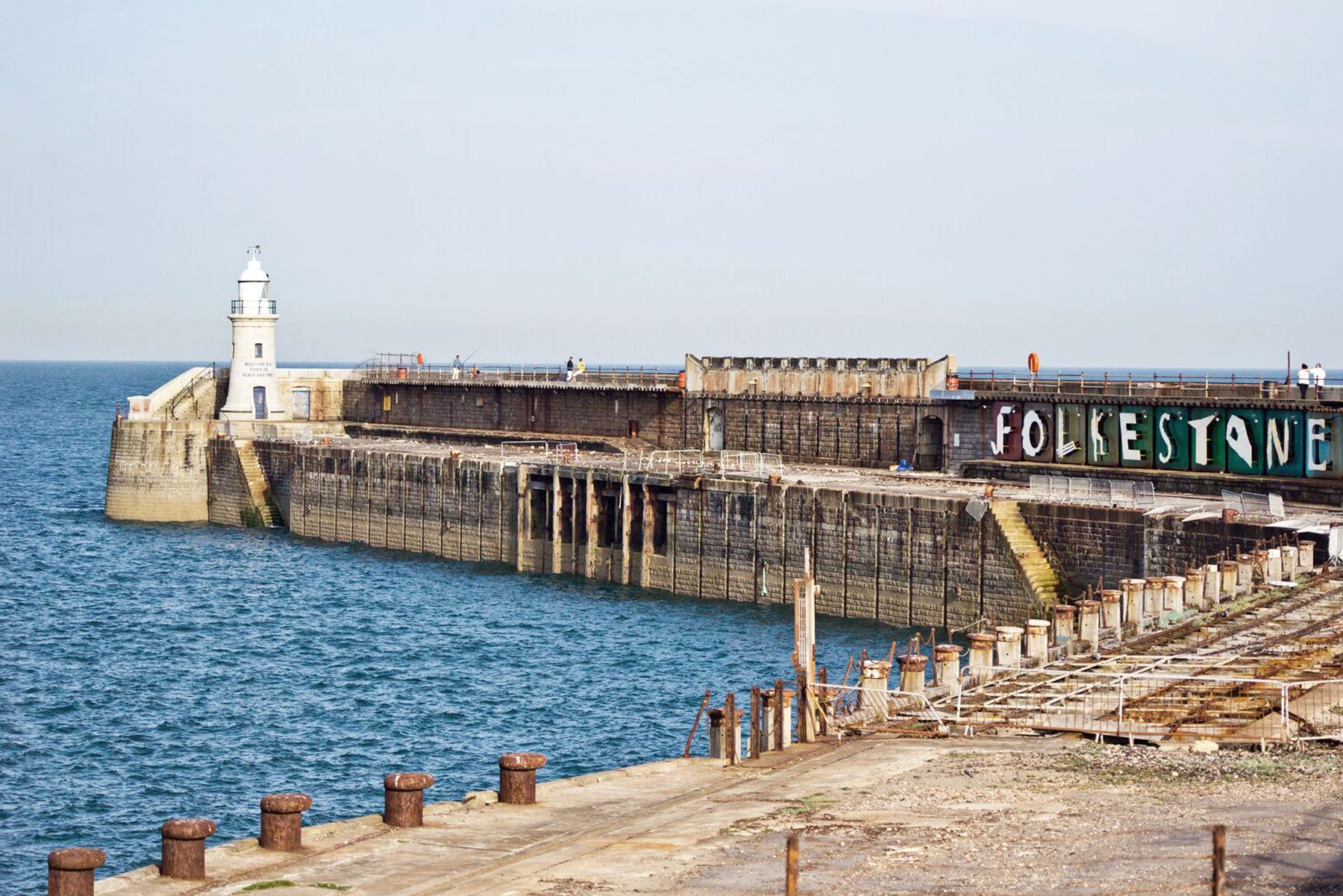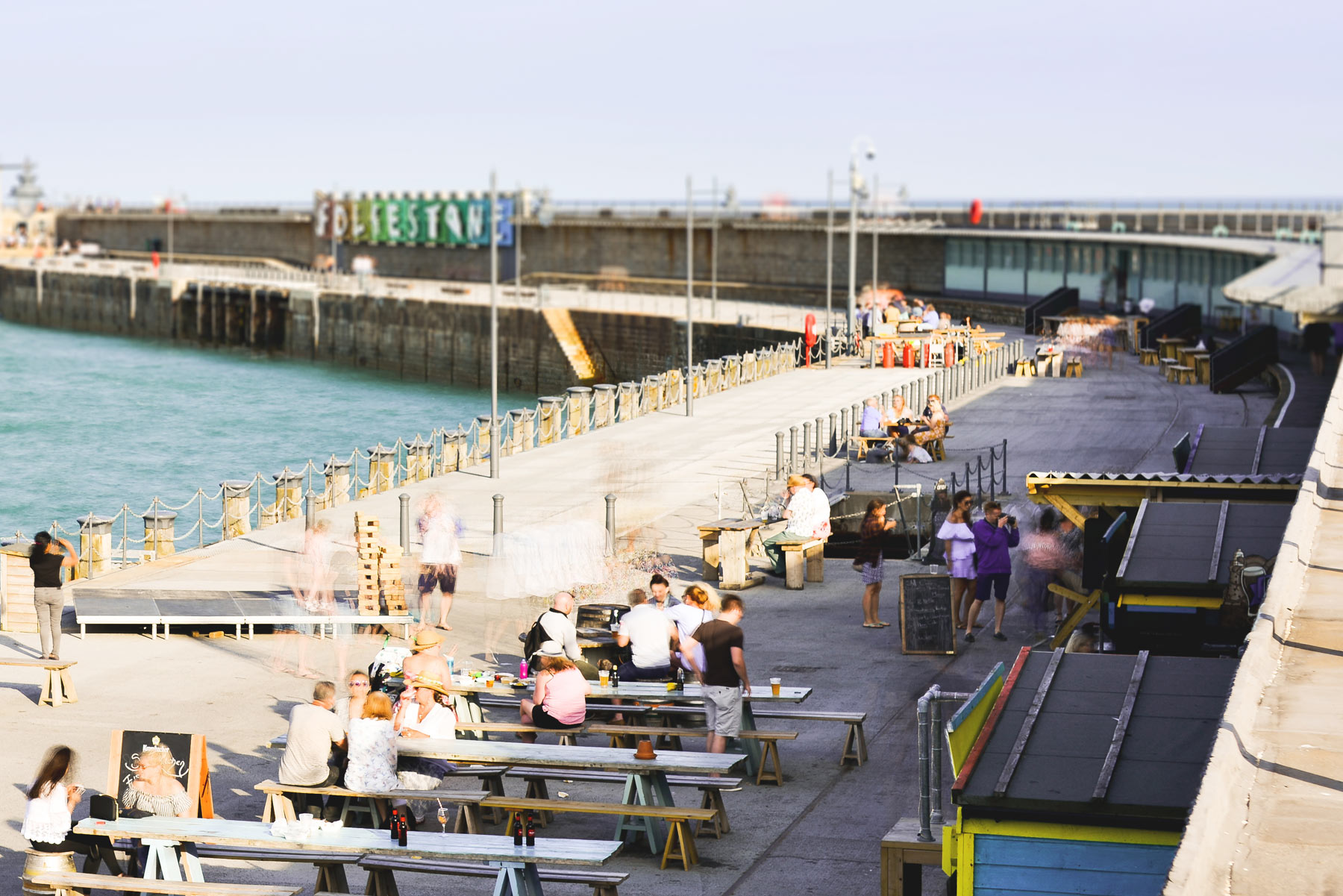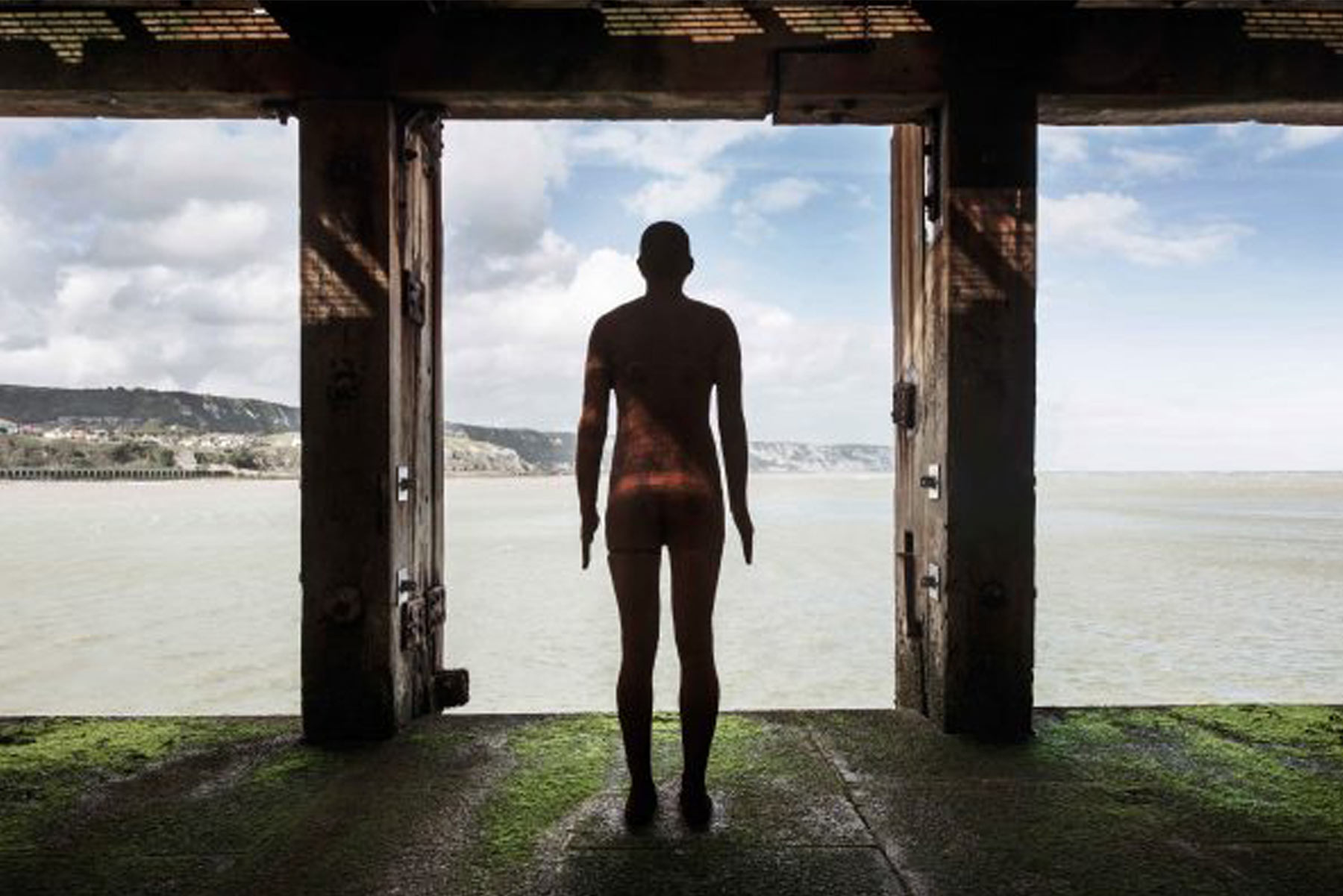A maritime port and gateway to the Continent
Folkestone has been a trading port since Roman times. Since at least 1100 it has been a haven for fishing boats along The Stade and around the mouth of the Pent Stream. This stream still flows into the inner harbour through the fine red brick sluice house. The harbour slowly grew over the ages and then, in the 19th century, Folkestone became a major maritime port. It was a gateway to the Continent, going through several phases of rapid expansion.
An Act of Parliament was passed in 1807 giving permission to build a stone harbour to replace the vulnerable and storm damaged wooden jetties. Local landowner Lord Radnor had petitioned parliament highlighting the need for renovations and potential anchorage for ships in the Napoleonic Wars. The sloping harbour walls were designed by William Jessop in 1806. However, documents show Thomas Telford appears to have acted as a consulting engineer on behalf of the government. They had advanced a loan for part of the works. Work on the western pier was begun in 1808 and finished in 1810. The South Pier was completed by 1820. The Grade II listed East Pier was added in 1829.
south eastern railway company
The original Folkestone Harbour Company ran out of money before the harbour was completed, leaving it to fall into disrepair. The company was finally declared bankrupt and ownership was transferred to the Crown who sold it to the South Eastern Railway Company in 1843. The SER would construct the Harbour branch line and viaduct, introducing freight trains from 1844 and the first passenger train on 1st of January 1849.
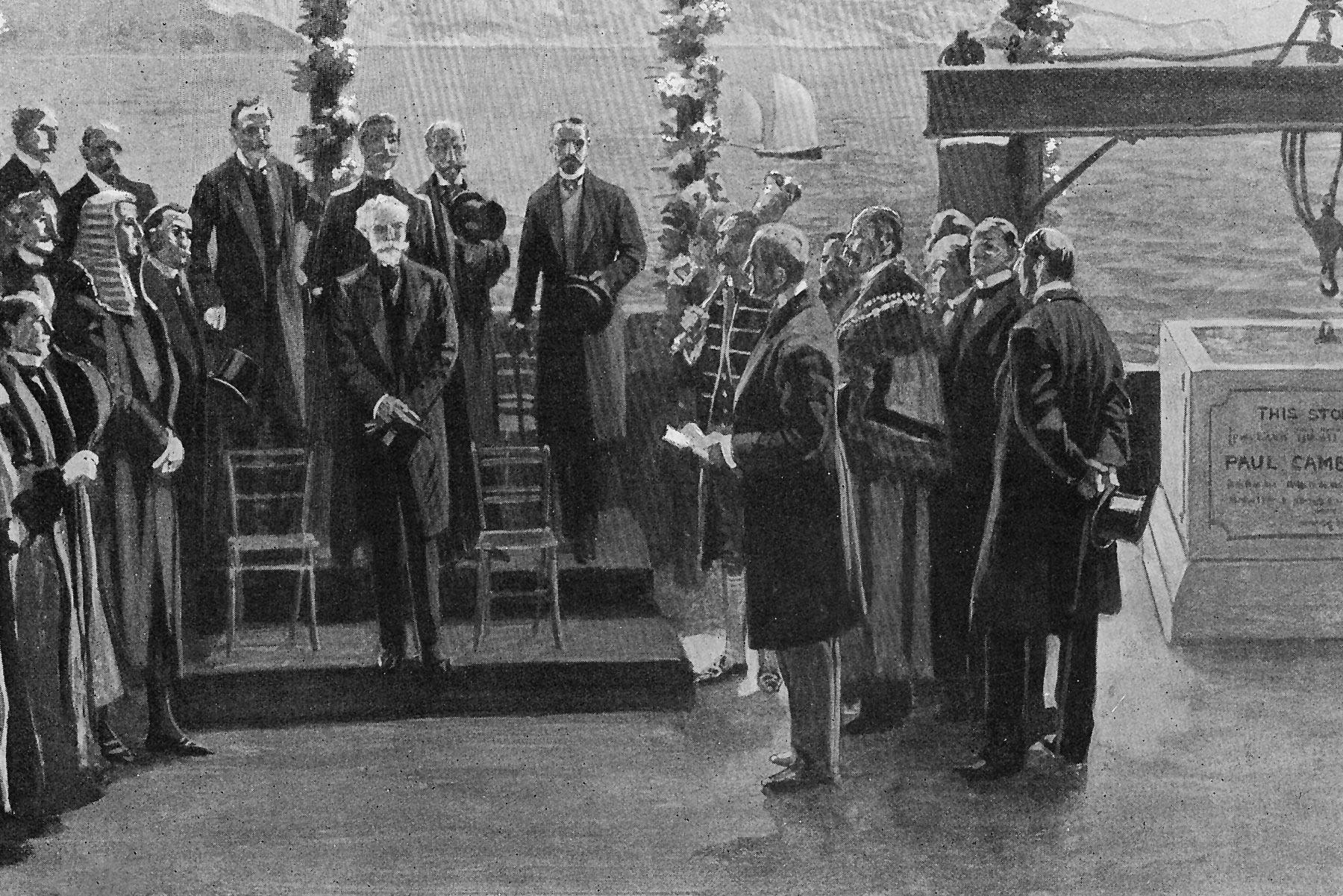
The Harbour Arm
The first ferry services to Boulogne ran on 1st August 1843. At this time carriages brought passengers by road from Folkestone’s mainline station. A wide range of goods passed through, including coal from North East England, wine and gold. Folkestone’s port became so successful that between 1851 and 1881 the town’s population tripled in size from 6,726 to 18,986.
As vessels became larger, the enclosed harbour proved too shallow and prone to silting to accommodate them at low tides. A new pier, the ‘Horn Pier’, was begun in 1844. This jutted out into the sea from the southern quay where water was deep enough to allow large ships to dock even at low tide. Now known as the ‘Harbour Arm’, it grew to its current length between 1897 and 1904, constructed from concrete faced with hard-wearing granite.
respectfully restored
The Harbour Arm has undergone extensive renovation and now is open to the public as a dynamic new recreational space. As you walk along you can see connections to its working past. All of these add to the character of the site, and reflect just how important the heritage is to today’s Harbour. Look out for the rust-coloured granite inserted to mark the position of rails that once supported huge gantry cranes. These are now aesthetic features in their own right. The station buildings have provided the perfect home for new bars and local food outlets.
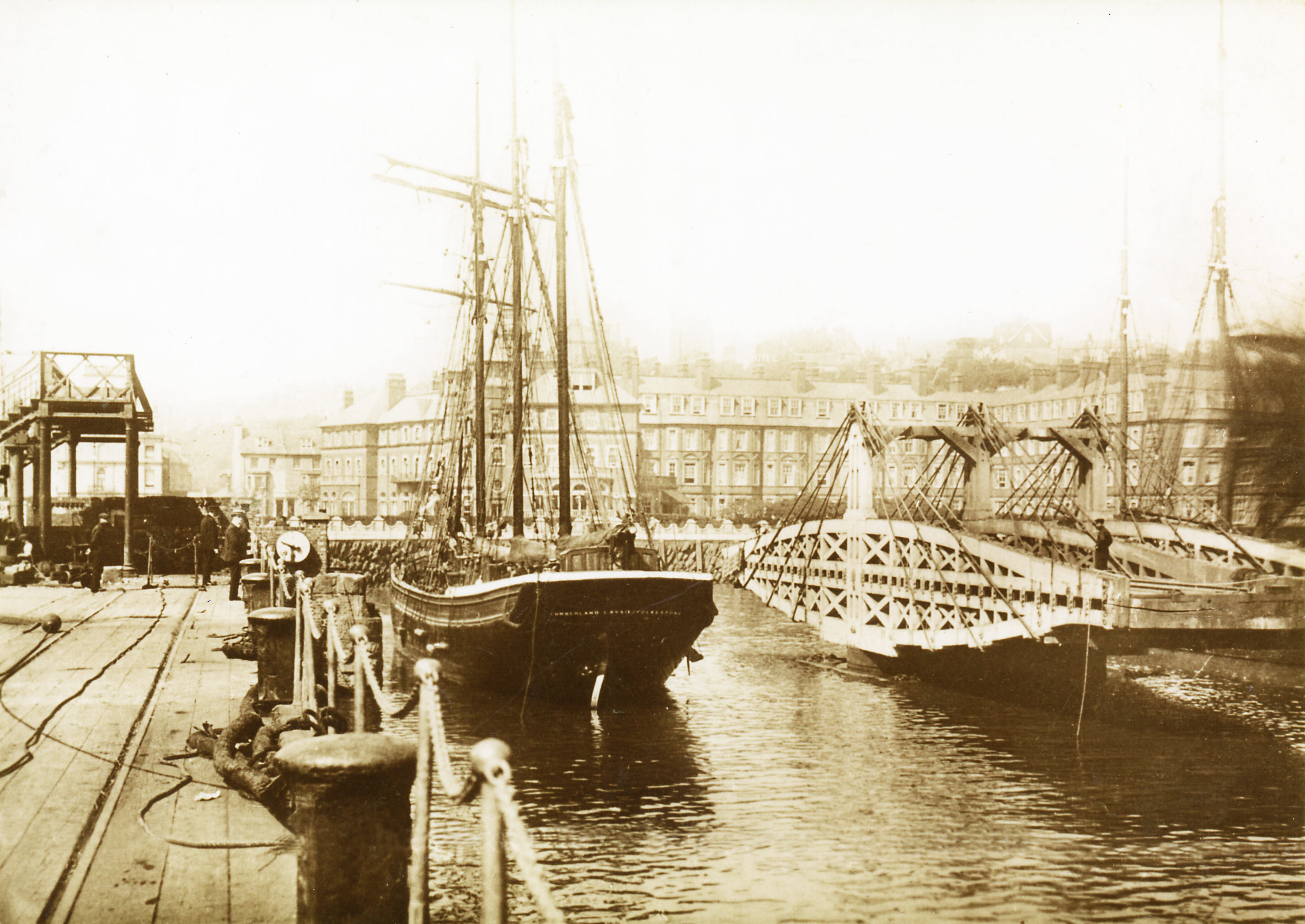
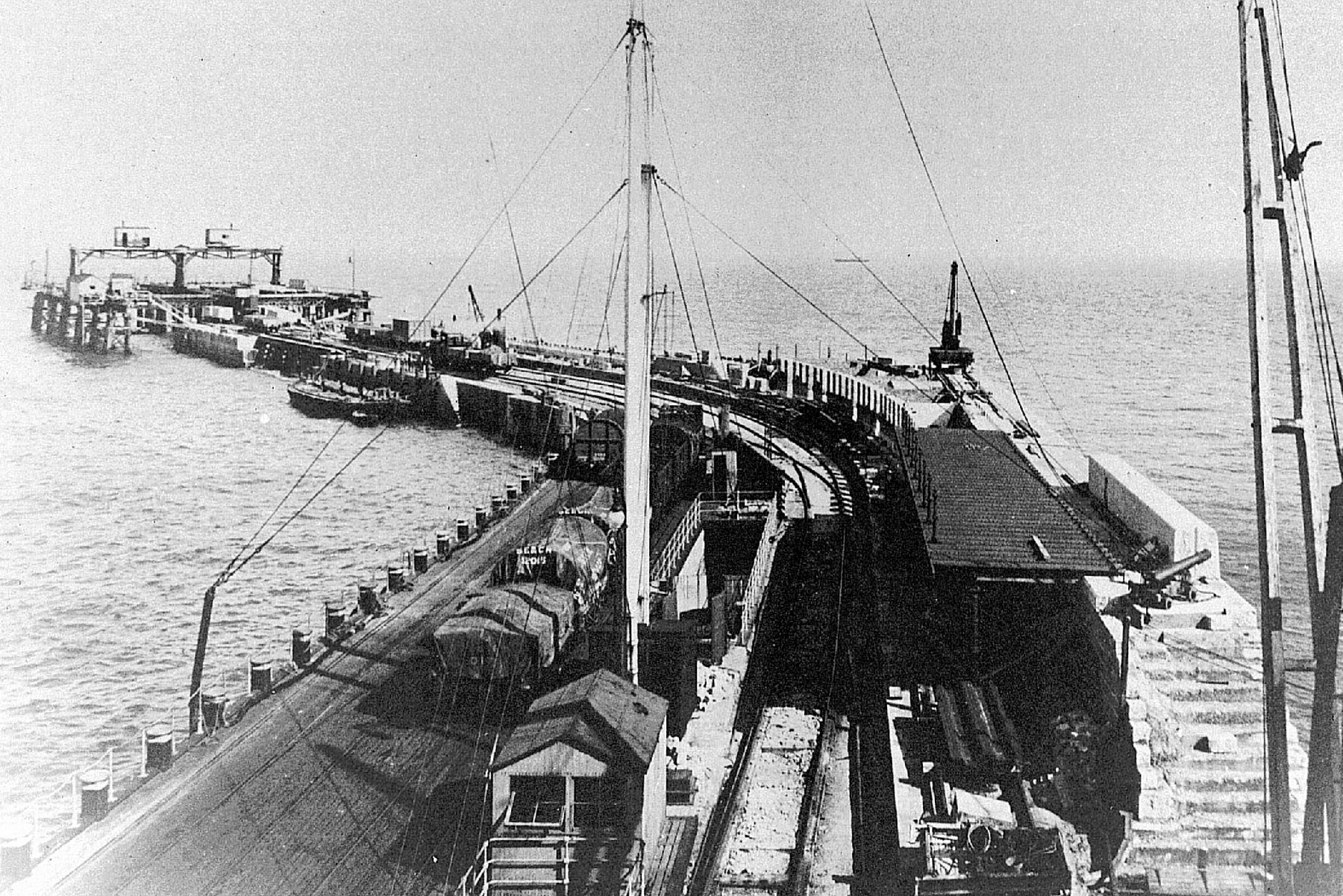
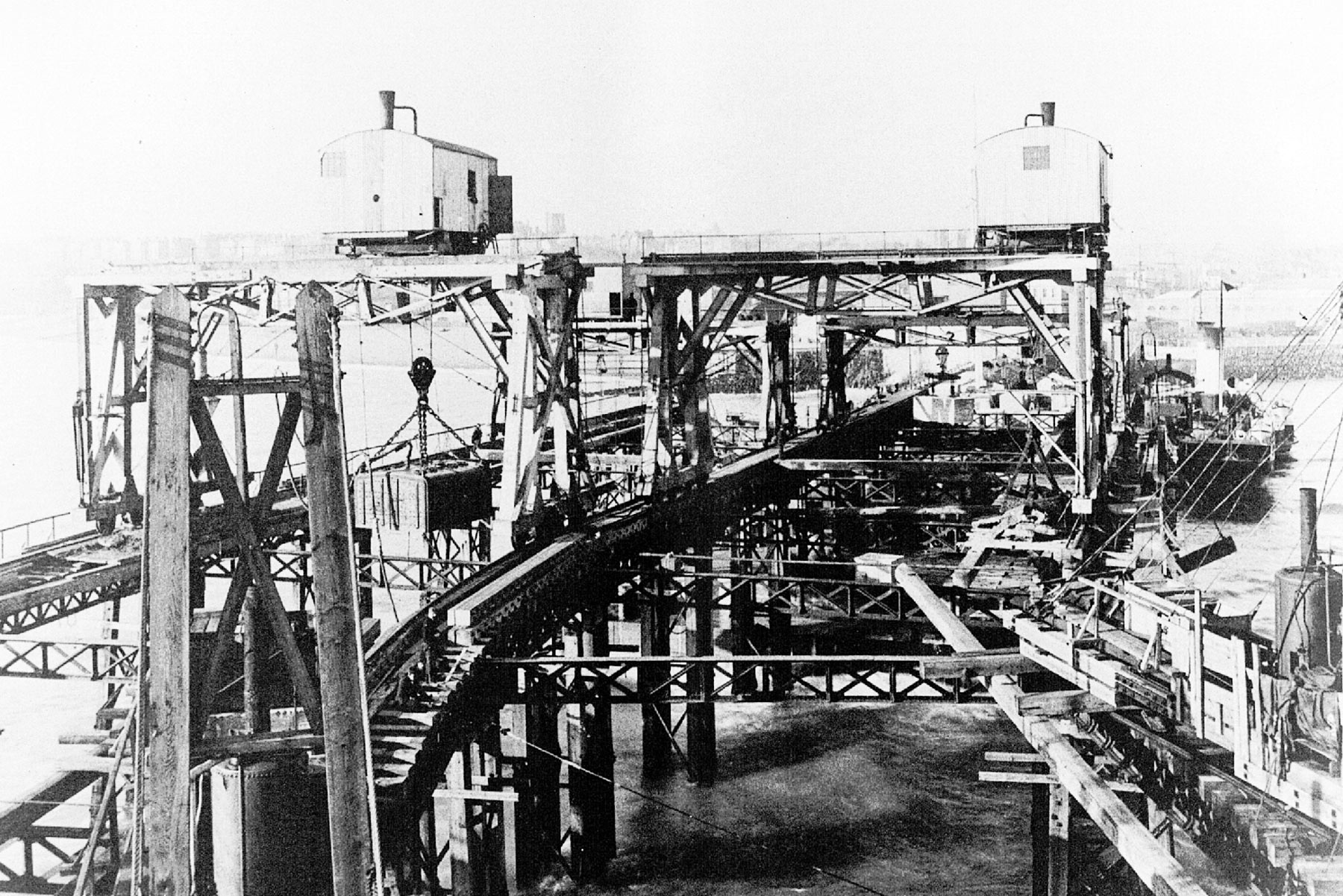
Remains of past structures
You might have noticed the massive concrete plinths or ‘dolphins’ off the edge of the Harbour Arm. These are the remains of the 1970s structure that supported a motorised link-span bridge used for ‘roll-on-roll-off’ ferries. Also still visible at the elbow of the arm at either side are several anchor chains used in storms and at Spring tide. On the upper level there is the outline of an octagonal timber flag station and mast where flags were raised to signal to ships. This is now occupied by a quartet of benches re-fashioned out of timber formerly used as fenders. Most of the rails that ran to the end of the Harbour Arm were taken up many decades ago. However, the remaining ones have been incorporated into the surface of the station and across the viaduct, where they are part of a new linear park.
Grilles installed on the quayside allow glimpses down to the pier’s lower landing stages that were used at low tides. One wooden stage was built in 1861 roughly opposite the station platform, when the pier was shorter. A second can be found in the 1890s extension, opposite Patrick Tuttofuoco’s ‘Folkestone’ artwork. One houses Antony Gormley’s cast iron sculpture ‘Another Time XVIII’, which is submerged at high tide.
Photography courtesy of Richard Taylor and Alan F. Taylor, Folkestone & District Local History Society
